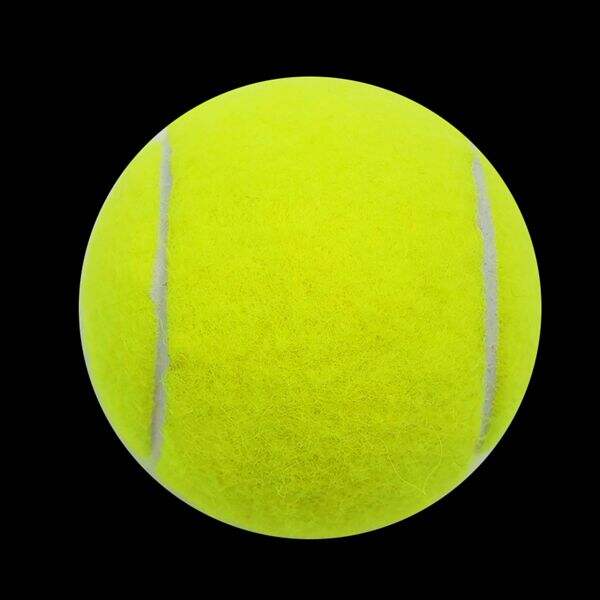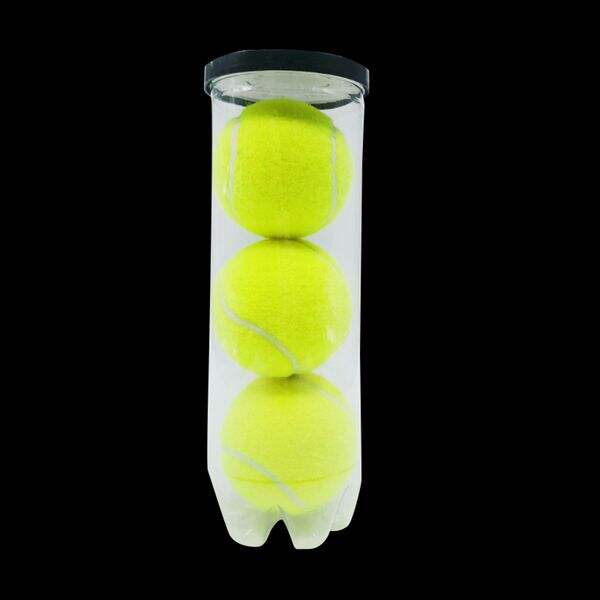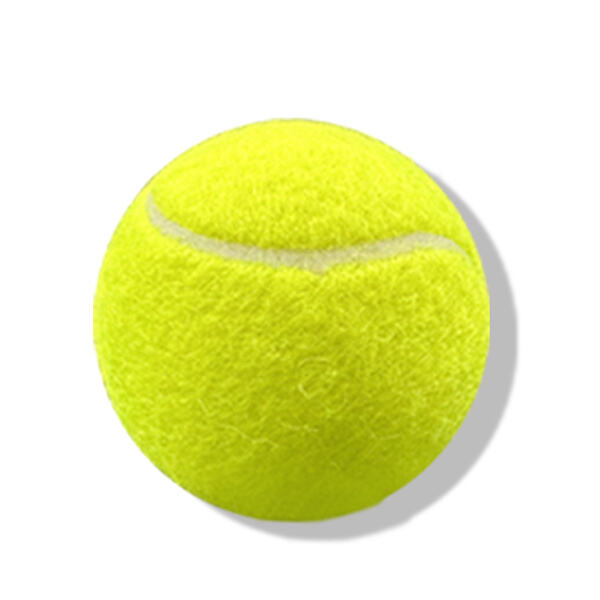Tennis balls have been around for a long time, but they were not always the way they look now. Tennis balls were historically leather stuffed with wool or hair. Can you think of playing the game of tennis with a ball like that? Fortunately, tennis balls have evolved over time into the bouncy, yellow balls we know today.
Ever been curious about what makes tennis balls bounce so high? It’s all in the materials they are composed of. Today's tennis balls are made of a rubber core covered in a layer of felt. This fuzzy outer coat makes the ball bounce and gives it a spin when hit quickly, as in a tennis game. The rubber core of the ball makes it light and easy to maneuver.
If you’re in the market for new tennis balls to make up for lost time, here’s what to look for. First, pick the right sized ball for your age and skill level. Younger players may prefer larger, softer tennis balls as they learn the game. More advanced players might prefer smaller, harder balls that can be hit more quickly and in a more controlled fashion.

Consideration of the type of court you will be playing on should come to mind when shopping for the perfect tennis ball. Various tennis balls are made for different types of courts, so choose a ball that will perform well on the surface on which you’re most likely to play. And don’t forget to pick up some extra balls — you never know when you’ll need some of those!

It’s never too late to get jammed for the holidays. Now, however, companies like Dmantis are offering high-tech tennis balls to help players perform better on the court. These balls are constructed of special material that allows them to roll, bounce and even float! Some high-tech tennis balls are now equipped with sensors that are able to measure the speed and spin of every shot, providing players with valuable data on their game.

You may not believe it, but tennis balls used to be white. In the early times of the game the balls were white, and consisted of leather and but fabric. It wasn’t until the 20th century that tennis balls began to be produced in the bright yellow color we recognize today. The switch to yellow balls made it better for players and fans alike to see the ball as it crisscrossed the court.